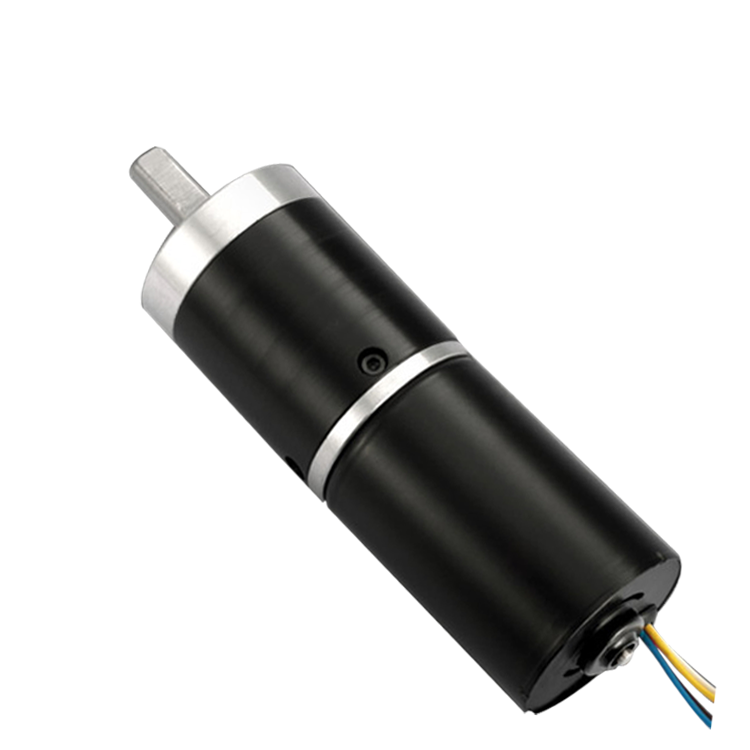From the perspective of energy conversion, we prefer that the motor has a higher power factor and a higher efficiency level.
Under the guidance of energy-saving and emission-reduction policies, high efficiency has become the common pursuit of motor manufacturers and all motor consumers. Various related energy-saving technologies have been highly valued. Some netizens asked a question, if the motor is efficient, will the power factor of the motor decrease again?
The motor system consumes active power and reactive power, and the power factor of the motor is the ratio of the useful power to the total apparent power. The higher the power factor, the greater the ratio between the useful power and the total power, and the more efficient the system operates. The power factor assesses the ability and level of the motor to absorb electrical energy. The efficiency of the motor reflects the ability of the motor product to convert the absorbed electrical energy into mechanical energy, and is the performance level of the motor itself.
The excitation source of the induction motor is the electric energy input by the stator. The motor must run in a state of hysteresis power factor, which is a state of change, which is very low at no load and increases to 0.80-0.90 or higher at full load. When the load increases, the active power increases, thereby increasing the ratio of the active power to the apparent power. Therefore, when selecting and matching the motor, the appropriate load rate must be considered.
Compared with induction motors, permanent magnet synchronous motors have much higher efficiency values at light loads, and their high-efficiency operating ranges are wide. The load rate is in the range of 25% to 120%, and the efficiency is greater than 90%. The rated efficiency of permanent magnet synchronous motors can reach The current national standard level 1 energy efficiency requirements, this is the biggest advantage of permanent magnet synchronous motors compared to asynchronous motors in terms of energy saving.
For electric motors, power factor and efficiency are two performance indicators that characterize motor characteristics. The higher the power factor, the higher the utilization rate of the power supply, which is also the reason why the country limits the power factor of electrical products, and has little to do with the user of the motor. The higher the efficiency of the motor, the smaller the loss of the motor itself, and the less power consumption, which is directly related to the electricity cost of motor consumers. For induction motors, proper load ratio is a key factor to improve the efficiency level of the motor, which is also a problem that must be paid attention to in the motor matching process.
Post time: Mar-21-2022

